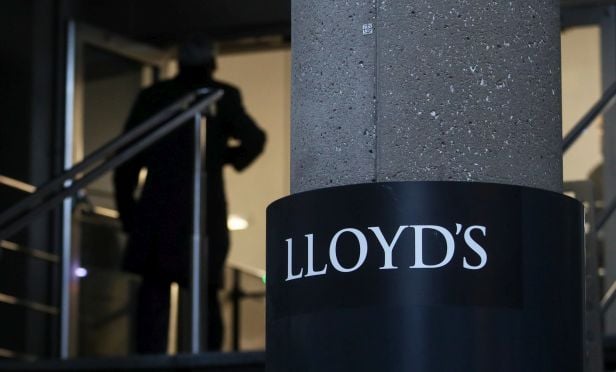 "Everything we are doing at Lloyd's is designed to increase the market's relevance, reduce its costs and increase the policyholders' confidence in Lloyd's," says Lloyd's CEO John Neal. (Photo: Chris Ratcliffe/Bloomberg)
"Everything we are doing at Lloyd's is designed to increase the market's relevance, reduce its costs and increase the policyholders' confidence in Lloyd's," says Lloyd's CEO John Neal. (Photo: Chris Ratcliffe/Bloomberg)
Months after announcing its plan to become the most advanced insurance marketplace in the world, Lloyd's of London published its execution plans for the first phase of the Future at Lloyd's.
Recommended For You
Want to continue reading?
Become a Free PropertyCasualty360 Digital Reader
Your access to unlimited PropertyCasualty360 content isn’t changing.
Once you are an ALM digital member, you’ll receive:
- Breaking insurance news and analysis, on-site and via our newsletters and custom alerts
- Weekly Insurance Speak podcast featuring exclusive interviews with industry leaders
- Educational webcasts, white papers, and ebooks from industry thought leaders
- Critical converage of the employee benefits and financial advisory markets on our other ALM sites, BenefitsPRO and ThinkAdvisor
Already have an account? Sign In Now








